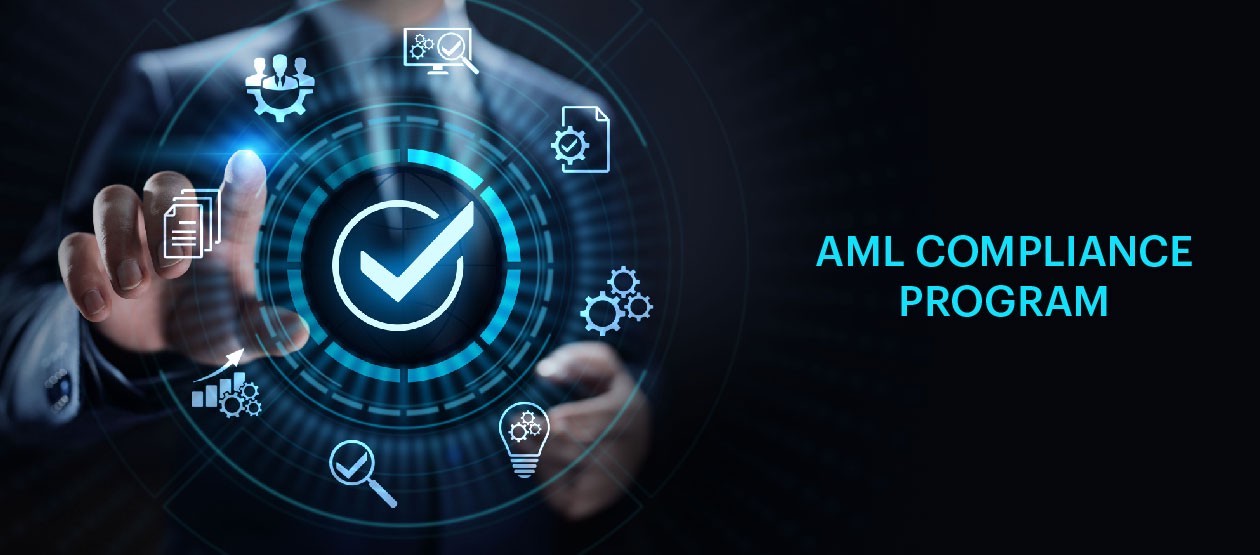What can banks do to act against money launderers?
How can they ensure they comply with the RBI directives and do not, knowingly or otherwise, facilitate a dubious transaction?The first step is to phase out manual activities in battling money laundering.It is now clear that the volume of digital transactions is growing rapidly and the KYC/AML norms are getting more stringent. With this growth trend, it has become near impossible for human agents to detect dubious counter-parties and prevent malicious transactions.With the RBI’s directive, it has become mandatory for all banks to classify their customers in risk buckets of low/medium/ high. This classification is done on the basis of:1. Customer’s identity
2. Social/Financial Status
3. Nature of Business Activity
4. Information on Client’s Business(es) and Location(s)In a non-digital world, this information is virtually impossible to maintain. Money launderers work with speed and precision to create false identities and front organisations , making it impossible for humans to track and monitor them.
Technology for AML in banking
Digital tools can utilise the plethora of publicly available data and triangulate to form an accurate profile of a customer’s identity. Once identity is established, machine learnt algorithms can scrounge the internet to gleam patterns from seemingly disparate sets of data that gives the financial institution an always-updated profile of its customer.
This gives banks a powerful risk management instrument to continually classify their customers on the basis of an updated profile and comply with the RBI’s mandatory guidelines.
Secondly, international and domestic law enforcement agencies maintain databases that list individuals and entities that are engaged in terrorist, narcotics or other banned activities. These databases are continuously updated and it is difficult for banks to manually monitor their transaction counter-parties based on these databases. Technology solutions, the kind that IDfy provides, track these databases to ensure that the bank does not accidentally approve a transaction to an individual or an entity that is on one of those databases.
Conclusion
Banks and other entities regulated by the RBI are required to observe a plethora of rules and regulations. The RBI also places a high degree of responsibility on regulated entities to determine various standards for themselves, such as those that may be employed to classify customers into low-, medium-, and high- risk categories, as well as in identifying suspicious transactions.
A plain reading of legal provisions would not suffice in such a scenario and banks must, therefore, adopt innovative technologies and processes – such as those provided by IDfy – to add a layer of meaning on top of raw transaction and profiling data.
Without the use of such innovative and emerging technologies, banks face the risk of unknowingly falling foul of regulatory requirements and guidelines. As emerging technologies are adopted in the new digital economy, banks are required to proactively adopt ways of preventing money laundering and the financing of terrorism – and it is exactly here that IDfy can help.
To know more about IDfy’s technology solutions for Anti-Money Laundering, please write to shivani@idfy.com

 Video KYC
Video KYC

